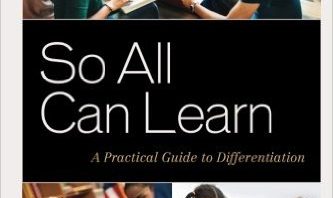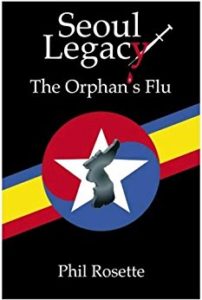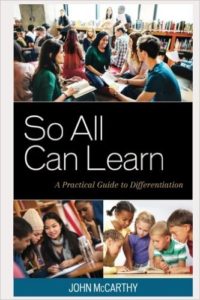 About 12 years ago, the Deadwood Writers did a 2-part workshop on the 6+1 Traits for Writing. The thinking was to use the language of the traits in our critique sessions, so that the feedback conversations were on point regarding author craft. Today, those conversations continue to be influenced by the Traits. Admittedly, we do need a refresher. The group membership has evolved, there is a core of stalwarts from the time of the workshop, and later established members who came on board after those sessions.
About 12 years ago, the Deadwood Writers did a 2-part workshop on the 6+1 Traits for Writing. The thinking was to use the language of the traits in our critique sessions, so that the feedback conversations were on point regarding author craft. Today, those conversations continue to be influenced by the Traits. Admittedly, we do need a refresher. The group membership has evolved, there is a core of stalwarts from the time of the workshop, and later established members who came on board after those sessions.
When sharing a writing piece for feedback, the writer shares questions for feedback. When based on the Traits, as the following excerpt from their site shows:
- Ideas—the main message
- Organization—the internal structure of the piece
- Voice—the personal tone and flavor of the author’s message
- Word Choice—the vocabulary a writer chooses to convey meaning
- Sentence Fluency—the rhythm and flow of the language
- Conventions—the mechanical correctness
- Presentation—how the writing actually looks on the page
The feedback from the group is more targeted and supportive. There are always opinions to be shared. Conversations within the scope of one of these areas helps ensure that the feedback can be substantive and use text evidence from the writer’s work. This helps the writer reflect on how the feedback aligns to their work.
In posts that follow, I will take a closer look at each of these traits for how best to support the work of the Deadwood Writers, and other groups that are interested in this approach to conversations.






